In today’s global trade landscape, the safe and compliant transportation of hazardous materials, commonly known as hazmat, is of paramount importance. Hazmat freight forwarding is a specialized segment of logistics dedicated to the secure movement of substances that pose potential risks to health, safety, or the environment. This intricate process involves a comprehensive understanding of complex regulations, precise packaging and labeling, and meticulous documentation to ensure that hazardous materials reach their destinations without incident. As businesses increasingly engage in the international shipping of these materials, selecting the right freight forwarder and implementing best practices becomes essential for maintaining safety and compliance in the shipping process.
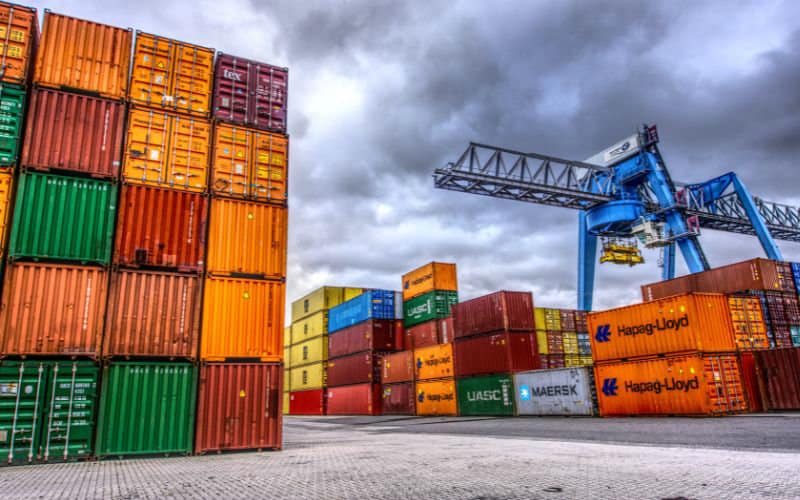
Understanding Hazmat Freight Forwarding
Hazardous materials, often referred to as hazmat, encompass a wide range of substances that pose potential risks to health, safety, or the environment during transportation. Hazmat freight forwarding is a specialized service within the logistics industry that focuses on the safe and compliant movement of these materials. Companies engaged in this type of shipping must navigate complex regulations and handle materials with care to prevent accidents and ensure compliance with both international and local laws.
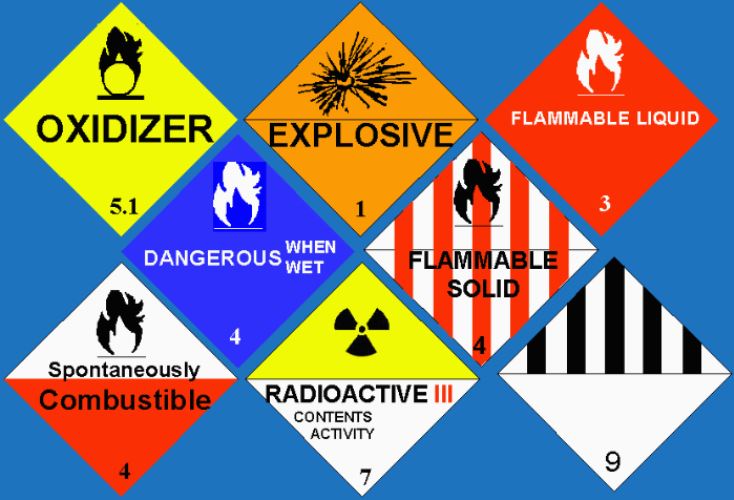
What is Hazmat Freight Forwarding?
Hazmat freight forwarding is the process of transporting hazardous materials from one location to another while adhering to safety standards and legal requirements. This process involves selecting appropriate transportation modes, ensuring proper packaging and labeling, and preparing all necessary documentation to facilitate the movement of these materials. Hazmat freight forwarders are equipped with the expertise and resources to manage the complexities of this type of shipping, ensuring that hazardous materials are transported securely and legally.
Different categories of hazardous materials include flammable liquids, corrosive substances, explosives, and toxic agents. Each category has specific regulations governed by organizations such as the International Air Transport Association (IATA) and the U.S. Department of Transportation (DOT). Understanding these regulations is crucial for businesses that deal with hazmat shipping.
Importance of Choosing the Right Hazmat Freight Forwarder
Selecting the right hazmat freight forwarder is paramount for ensuring the safe and compliant transport of hazardous materials. A professional freight forwarder specializes in hazmat shipping and is knowledgeable regarding current regulations and safety protocols. This choice impacts several aspects of the shipping process:
-
Safety: The right forwarder implements stringent safety measures to minimize the risk of accidents during transport. They ensure that all handling procedures are conducted in accordance with the relevant safety standards.
-
Compliance: Regulations governing hazmat materials are complex and vary by country and substance. An experienced freight forwarder helps businesses navigate these regulations, ensuring that all necessary permits and documentation are obtained, which helps avoid hefty fines and shipment delays.
-
Cost-effectiveness: A knowledgeable freight forwarder can optimize shipping routes and methods, ultimately saving businesses money while ensuring timely delivery.
-
Reputation: Partnering with a reliable hazmat freight forwarder can enhance a company’s reputation, as it demonstrates a commitment to responsible shipping practices.
Key Considerations for Hazmat Shipping from China to Ecuador
When shipping hazardous materials from China to Ecuador, businesses must consider several key factors to ensure compliance, safety, and efficiency. As global trade increases, understanding these considerations becomes essential.
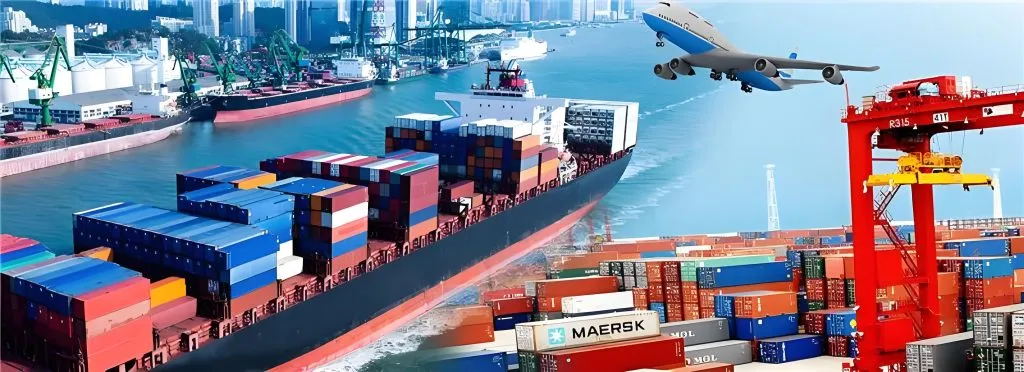
Choice of Transportation Modes
The choice of transportation mode plays a significant role in the efficiency and safety of hazmat shipping. Each mode of transport comes with its advantages and challenges:
| Transportation Mode | Advantages | Disadvantages |
|---|---|---|
| Sea Freight | Cost-effective for large shipments; less environmental impact | Longer transit times; potential for damage due to rough seas |
| Air Freight | Faster delivery times; increased security | Higher costs; limited cargo space; more stringent regulations |
| Multimodal | Flexibility; ability to optimize costs and transit times | Requires coordination among multiple carriers; potential for increased complexity |
Choosing the right mode depends on the nature of the hazardous materials being shipped, urgency, and budget constraints. Working with a specialized freight forwarder can help businesses make informed decisions regarding the optimal mode of transport based on their specific needs.
Packaging and Labeling Requirements
Proper packaging and labeling are critical when transporting hazmat materials. Each type of hazardous material must be packaged in compliance with international and local regulations to ensure safety during transport. Key aspects include:
-
Packaging: Containers must be designed to withstand the physical and chemical properties of the materials. This includes using UN-certified packaging that meets performance standards for hazardous materials.
-
Labeling: Each package must display appropriate hazard symbols and labels, indicating the nature of the hazard. This ensures that handlers are aware of the risks associated with the materials they are working with.
-
Documentation: Accompanying documents must detail the contents of each package, including Material Safety Data Sheets (MSDS) that provide vital information regarding the hazards associated with the materials.
Documentation and Declaration Processes
The documentation required for shipping hazardous materials involves several critical components:
-
Dangerous Goods Declaration (DGD): This form certifies that the materials being shipped are properly classified and packaged, and it outlines the risks involved.
-
Customs Documentation: All shipments must comply with customs regulations in both China and Ecuador. This includes providing a full description of the goods, their value, and relevant shipping details.
-
Insurance Services: Given the risks associated with hazmat shipping, businesses should consider obtaining insurance services that cover potential losses or damages during the transit of hazardous materials.
-
Regulatory Compliance Certificates: Depending on the type of hazardous material, additional certifications may be required to ensure that the shipment meets legal requirements.
For businesses looking to streamline their hazmat shipping processes from China to Ecuador, partnering with a professional logistics provider like Dantful International Logistics can be invaluable. Dantful offers a comprehensive suite of services, including customs clearance, warehouse services, and insurance services, providing a reliable and cost-effective solution for global traders. With their expertise in DDP shipping services, you can ensure safe and compliant transport of your hazardous materials.
By taking these considerations into account, companies can effectively navigate the complexities of hazmat shipping while ensuring the safety of their shipments and compliance with international regulations.
READ MORE:
- Shipping From China to the United States
- Shipping From China TO Canada
- Shipping From China TO Mexico
- Shipping From China to Panama
- Shipping From China to Costa Rica
- Shipping From China to Brazil
- Shipping From China TO Colombia
- Shipping From China to Jamaica
- Shipping From China to Venezuela
Role of Specialized Hazmat Freight Forwarders
Navigating the complexities of hazmat shipping requires specialized knowledge and expertise. Hazmat freight forwarders play a crucial role in ensuring the safe, compliant, and efficient transport of hazardous materials. Their expertise encompasses a variety of essential functions that collectively contribute to the successful management of hazardous freight.
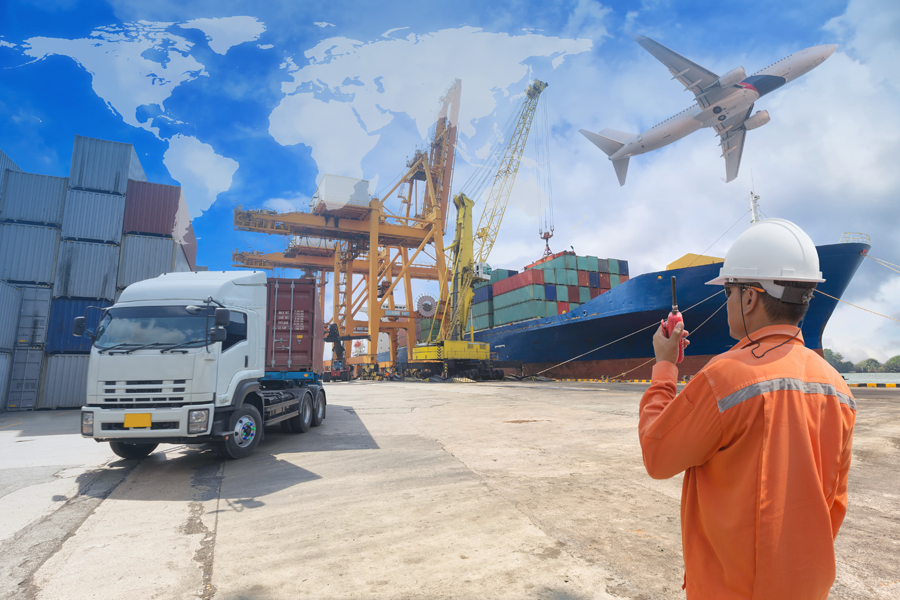
Expertise in Hazmat Regulations
Specialized hazmat freight forwarders possess in-depth knowledge of international and local regulations governing the transportation of hazardous materials. This expertise enables them to:
-
Interpret complex regulations: Understanding the ever-evolving regulations set forth by organizations such as the International Air Transport Association (IATA), the International Maritime Organization (IMO), and national authorities is essential. Hazmat forwarders stay updated on these changes, ensuring compliance throughout the shipping process.
-
Classify hazardous materials: Correctly classifying materials according to established categories is crucial for compliance and safety. Specialized freight forwarders are adept at determining the appropriate classification based on the properties and risks associated with the materials being shipped.
Risk Assessment and Mitigation
Effective risk assessment is a cornerstone of hazmat shipping, as it helps identify potential hazards and implement strategies to mitigate them. Specialized freight forwarders conduct thorough risk assessments by:
-
Analyzing shipment content: Understanding the specific properties of the hazardous materials is essential. This analysis allows for informed decisions regarding the most suitable transportation mode, packaging, and handling procedures.
-
Implementing safety protocols: Forwarders develop tailored safety measures to minimize risks during transport. This may include using specialized containers, providing training for handlers, and monitoring environmental conditions during transportation.
Proper Documentation Handling
The safe and compliant transport of hazardous materials hinges upon meticulous documentation. Specialized hazmat freight forwarders excel in handling the necessary paperwork that accompanies hazmat shipments, including:
-
Dangerous Goods Declarations (DGD): These declarations are critical for certifying that hazardous materials are packaged, labeled, and documented correctly according to regulatory standards.
-
Customs documentation: To facilitate smooth customs clearance, forwarders prepare all required documentation and ensure that it complies with both exporting and importing countries’ regulations.
-
Material Safety Data Sheets (MSDS): These documents provide essential information about hazards, handling, and emergency measures related to the materials being shipped.
Coordination with Carriers and Customs Authorities
The successful transport of hazardous materials requires seamless coordination among various stakeholders, including carriers and customs authorities. Specialized freight forwarders take the lead in:
-
Liaising with carriers: Forwarders establish strong relationships with carriers who have experience in handling hazmat shipments. This ensures that all safety measures are followed and that the carriers are aware of the specific risks associated with the materials.
-
Communicating with customs authorities: Efficient coordination with customs officials is paramount for ensuring compliance with regulations and swift clearance at borders. Hazmat freight forwarders facilitate communication, ensuring that all documentation is in order and addressing any potential issues promptly.
Selecting the Right Freight Forwarder from China to Ecuador
Choosing the right freight forwarder for transporting hazardous materials from China to Ecuador involves careful consideration of various factors that align with your business needs. The following criteria are essential for making an informed decision.
Qualifications and Expertise
A qualified freight forwarder specializing in hazmat shipping should possess:
-
Industry certifications: Look for certifications from recognized organizations that demonstrate their adherence to safety standards and regulatory compliance.
-
Training and experience: Ensure that the forwarder’s team members have undergone specialized training in hazmat handling and have a proven track record in managing hazardous shipments.
Service Scope and Network Coverage
Evaluate the freight forwarder’s service offerings and network capabilities:
-
Comprehensive services: A well-rounded forwarder should provide a range of services, including customs clearance, warehousing, and insurance services, to meet your logistics needs.
-
Global reach: Assess their ability to handle shipments not just between China and Ecuador but also their connections to other regions, which can facilitate future logistics operations.
Safety Record and Reputation
Review the forwarder’s safety record and reputation within the industry:
-
Accident history: Investigate the forwarder’s history of incidents involving hazardous materials. A strong safety track record is indicative of effective risk management and adherence to safety protocols.
-
Client testimonials: Gather feedback from previous clients to gauge the forwarder’s reliability, professionalism, and responsiveness.
For businesses seeking a dependable solution for transporting hazardous materials, Dantful International Logistics stands out as an ideal partner. Dantful is a highly professional, cost-effective, and high-quality one-stop international logistics service provider for global traders. Our expertise in hazmat freight forwarding encompasses compliance with regulations, risk mitigation, and efficient coordination, ensuring that your hazardous materials are transported safely and efficiently from China to Ecuador.
Dantful International Logistics Services:
- Dantful Ocean Freight Services
- Air Freight From China
- Amazon FBA Freight Forwarding
- WAREHOUSE Services
- One-Stop Customs Clearance Solution
- Cargo Insurance Services in China
- DDP Shipping Services By Dantful Logistics
- Out of Gauge Cargo Transportation Shipping Services
Hazmat Transportation Process
Navigating the hazardous materials (hazmat) transportation process requires meticulous planning and execution. Each stage of the process is critical to ensuring the safe, compliant, and efficient transport of these materials. Below are the essential steps involved in the hazmat transportation process.
Booking and Planning
The initial phase of hazmat transportation involves booking and strategic planning, which lays the groundwork for a successful shipment. Key actions include:
-
Consultation with a freight forwarder: Engaging a specialized hazmat freight forwarder early in the planning stage is crucial. Their expertise helps in determining the most suitable transportation mode, route, and timing based on the specific characteristics of the hazardous materials being shipped.
-
Preparation of shipping documents: During the booking process, necessary documentation such as the Dangerous Goods Declaration (DGD) and Material Safety Data Sheets (MSDS) should be prepared. This ensures that all required information is readily available for regulatory compliance.
-
Coordination with carriers: Establishing communication with carriers who handle hazmat shipments is essential. This allows for effective coordination of logistics and any special handling requirements.
Packaging and Labeling Inspection
Proper packaging and labeling are vital to the safety of hazmat shipments. This stage involves:
-
Verification of packaging compliance: Ensuring that all materials are packaged using UN-approved containers that meet specific safety standards is imperative. This includes selecting materials that can withstand potential hazards associated with the contents.
-
Labeling inspection: All packages must have appropriate hazard labels and markings that comply with international regulations. This includes symbols indicating the nature of the hazard, emergency contact information, and handling instructions.
-
Conducting a pre-shipment inspection: Inspecting the packaged materials before shipping minimizes the risk of accidents during transit. This step ensures compliance with safety standards and proper labeling.
Customs Clearance
Efficient customs clearance is a critical phase in the hazmat transportation process, as it ensures that shipments are compliant with both exporting and importing countries’ regulations. Steps include:
-
Preparation of customs documentation: All relevant documentation, including the DGD, MSDS, invoices, and permits, must be compiled and submitted to customs authorities for review. This paperwork is essential for the clearance process.
-
Engagement with customs authorities: Working closely with customs officials can expedite the clearance process. A knowledgeable freight forwarder can assist in addressing any issues that arise during this stage.
-
Payment of duties and fees: Ensuring that all necessary fees and duties are paid in a timely manner is crucial to avoid delays in customs clearance.
Transportation and Tracking
Once clearance is achieved, the actual transportation of hazmat materials can commence. This stage involves:
-
Selection of transportation mode: Depending on the planned route and urgency, appropriate modes of transport (sea, air, or multimodal) will be utilized to move the materials.
-
Ensuring safety during transit: Continuous monitoring and adherence to safety protocols during transportation are imperative. This includes following regulations concerning temperature control, secure loading, and appropriate handling.
-
Real-time tracking: Utilizing tracking technology enables shippers and receivers to monitor the shipment’s progress in real-time. This visibility aids in managing potential disruptions and ensuring timely delivery.
Destination Delivery
The final phase of the hazmat transportation process is destination delivery, which includes:
-
Pre-delivery inspections: Prior to delivery, it is important to conduct inspections to verify that the materials have arrived in good condition and that the packaging remains intact.
-
Coordination with receiving parties: Communicating with destination contacts about the expected delivery time, any special handling requirements, and safety precautions is vital.
-
Documentation of delivery: Upon successful delivery, documenting the completion of the transport process is essential. This may involve obtaining signatures and confirming receipt of materials.
Common Challenges and Solutions
While transporting hazardous materials, businesses may encounter various challenges that require effective solutions to ensure compliance, safety, and cost control.
Regulatory Compliance
The landscape of regulations governing hazmat transport is complex and can vary by jurisdiction. Common challenges include:
-
Frequent updates to regulations: Keeping abreast of changing regulations can be difficult for businesses. Partnering with a knowledgeable freight forwarder can provide the necessary expertise to navigate these complexities.
-
Documentation errors: Inaccuracies in documentation can lead to fines or delayed shipments. Implementing a robust internal review process for all shipping documents helps mitigate this risk.
Safety Management
Ensuring safety during hazmat transport is paramount, but challenges can arise:
-
Risk of accidents: The potential for accidents during transport poses significant risks. Conducting thorough risk assessments and implementing customized safety protocols can help mitigate these risks.
-
Training for staff: Ensuring that all personnel involved in handling hazardous materials are adequately trained is crucial. Regular training sessions and safety drills can enhance awareness and preparedness.
Cost Control
Managing costs in hazmat transportation can be challenging, particularly given the specialized requirements involved. Solutions include:
-
Optimizing shipping routes: Collaborating with a freight forwarder to assess and optimize shipping routes can reduce costs while maintaining efficiency.
-
Consolidating shipments: By grouping smaller hazmat shipments into a single transport, businesses can reduce overall shipping costs and improve efficiency.
-
Budgeting for compliance-related expenses: Factoring compliance-related costs into pricing strategies ensures that businesses are prepared for potential expenses related to documentation, training, and safety measures.
For businesses involved in hazmat transportation, working with a professional logistics provider like Dantful International Logistics can provide a competitive edge. Dantful’s expertise in handling hazmat shipments encompasses comprehensive services, including customs clearance, insurance services, and warehouse services, ensuring that your materials are transported safely, efficiently, and in compliance with all regulations.
FAQs
-
What is hazmat freight forwarding?
Hazmat freight forwarding involves the safe and compliant transportation of hazardous materials. It encompasses selecting appropriate transportation modes, ensuring proper packaging and labeling, and preparing necessary documentation to facilitate the shipment of these materials. -
Why is it important to choose a specialized hazmat freight forwarder?
Choosing a specialized hazmat freight forwarder is crucial for ensuring safety during transportation, compliance with complex regulations, cost-effectiveness, and maintaining a good reputation for responsible shipping practices. -
What are the key considerations when shipping hazmat materials from China to Ecuador?
Key considerations include selecting the right transportation mode (sea, air, or multimodal), adhering to packaging and labeling requirements, preparing proper documentation, and ensuring compliance with customs regulations. -
What types of hazardous materials are commonly shipped?
Common categories of hazardous materials include flammable liquids, corrosive substances, explosives, and toxic agents, each governed by specific regulations. -
What documentation is required for hazmat shipping?
Required documentation typically includes the Dangerous Goods Declaration (DGD), customs documentation, Material Safety Data Sheets (MSDS), and any regulatory compliance certificates pertinent to the hazardous materials being shipped. -
How can I ensure the safety of my hazmat shipments?
Ensuring safety involves engaging a specialized freight forwarder, conducting thorough risk assessments, using appropriate packaging, implementing safety protocols, and providing adequate training for staff handling hazardous materials. -
What challenges might I face when transporting hazmat materials?
Common challenges include navigating complex regulatory compliance, ensuring safety during transport, and managing costs associated with specialized shipping requirements. -
What are the advantages of using multimodal transportation for hazmat shipping?
Multimodal transportation offers flexibility and the ability to optimize costs and transit times, but it requires careful coordination among multiple carriers to ensure safety and compliance. -
What should I look for in a qualified hazmat freight forwarder?
When selecting a hazmat freight forwarder, consider their industry certifications, experience in hazmat handling, service scope, safety record, and reputation within the industry.

Young Chiu is a seasoned logistics expert with over 15 years of experience in international freight forwarding and supply chain management. As CEO of Dantful International Logistics, Young is dedicated to providing valuable insights and practical advice to businesses navigating the complexities of global shipping.
The other language versions of this article
- الدليل الشامل لشركة شحن المواد الخطرة من الصين إلى الإكوادور
- De ultieme gids voor Hazmat Freight Forwarder van China naar Ecuador
- Le guide ultime du transitaire de matières dangereuses de la Chine vers l’Équateur
- Der ultimative Leitfaden für den Gefahrguttransport von China nach Ecuador
- La guida definitiva allo spedizioniere di merci pericolose dalla Cina all’Ecuador
- La guía definitiva para el transporte de materiales peligrosos desde China a Ecuador
- O guia definitivo para o encaminhamento de cargas Hazmat da China para o Equador
- Полное руководство по экспедированию опасных грузов из Китая в Эквадор
- Çin’den Ekvador’a Tehlikeli Madde Taşımacılığı İçin Nihai Kılavuz


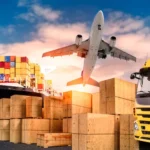
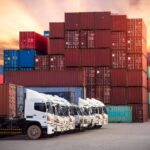

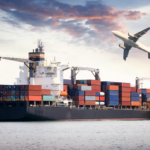


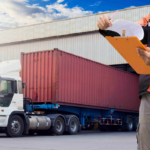
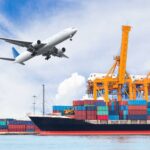

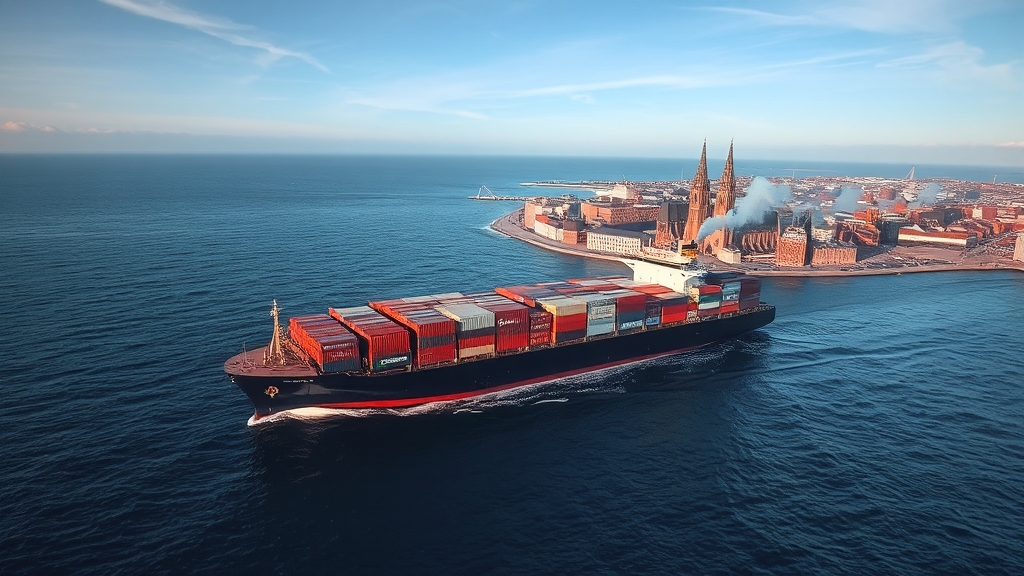
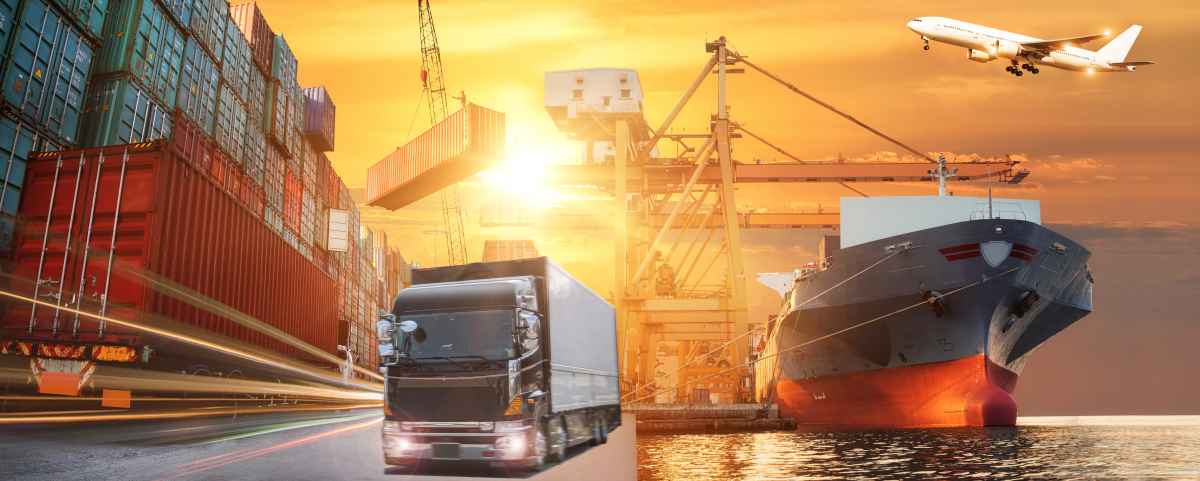
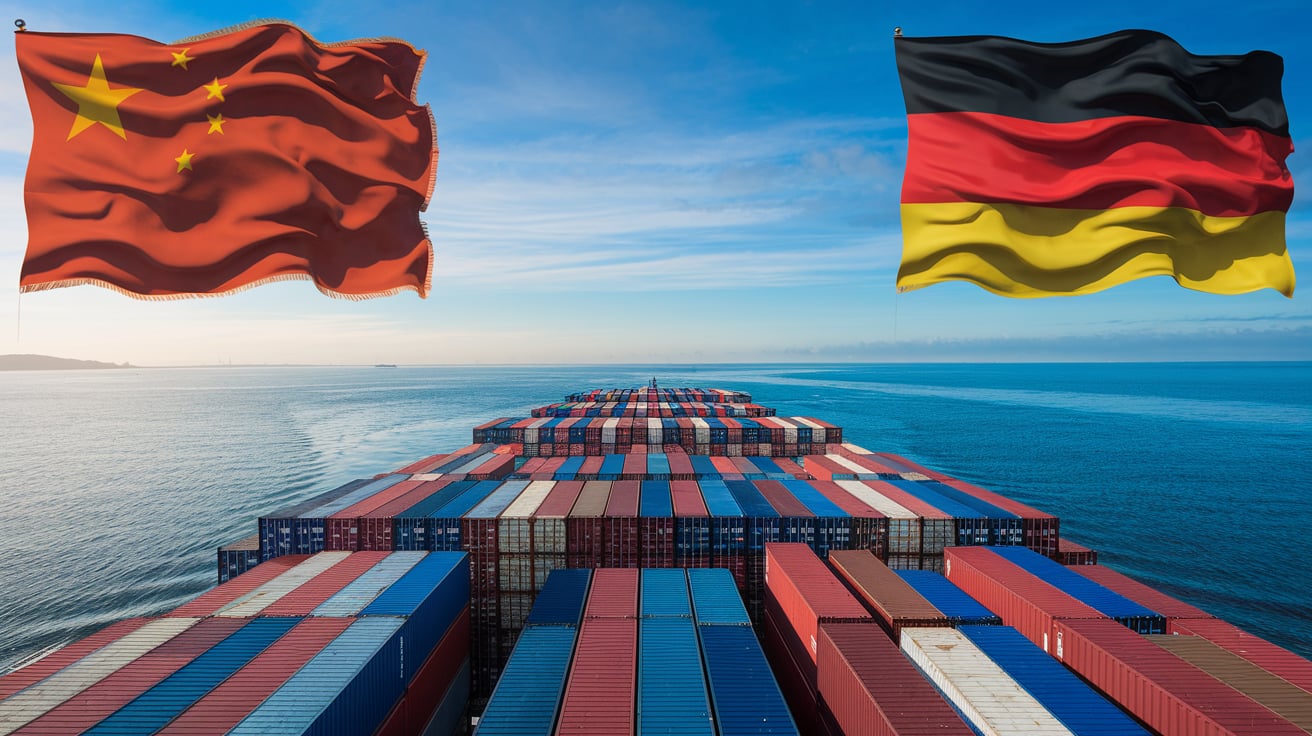
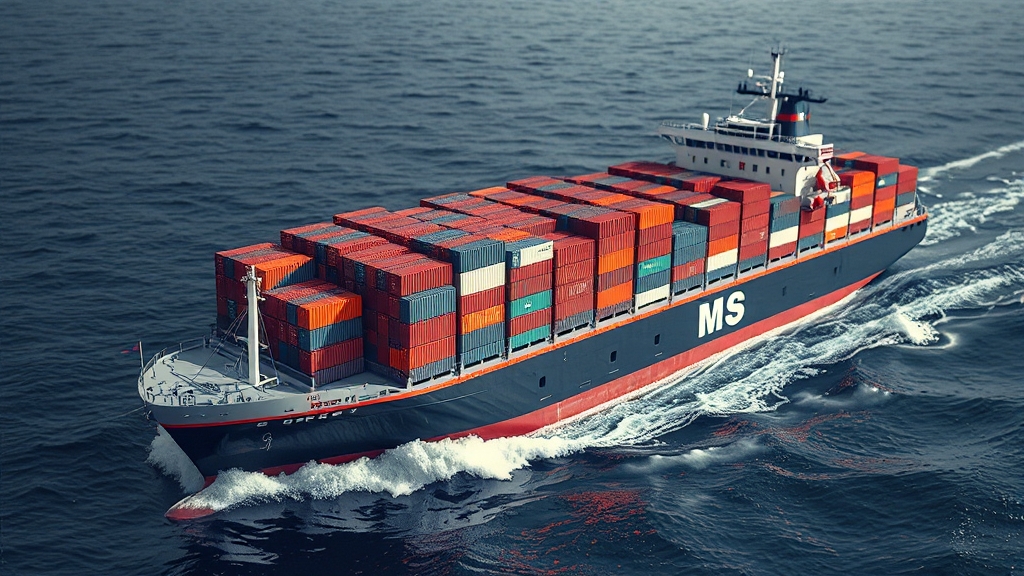
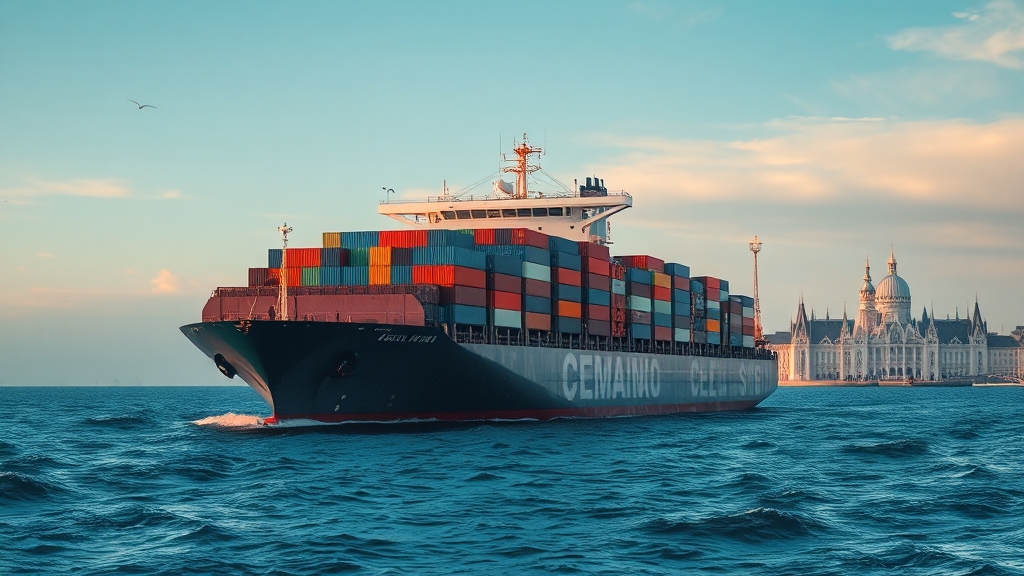





 Afrikaans
Afrikaans Shqip
Shqip አማርኛ
አማርኛ العربية
العربية Հայերեն
Հայերեն Azərbaycan dili
Azərbaycan dili Euskara
Euskara Беларуская мова
Беларуская мова বাংলা
বাংলা Bosanski
Bosanski Български
Български Català
Català Cebuano
Cebuano Chichewa
Chichewa 简体中文
简体中文 繁體中文
繁體中文 Corsu
Corsu Hrvatski
Hrvatski Čeština
Čeština Dansk
Dansk Nederlands
Nederlands English
English Esperanto
Esperanto Eesti
Eesti Filipino
Filipino Suomi
Suomi Français
Français Galego
Galego ქართული
ქართული Deutsch
Deutsch Ελληνικά
Ελληνικά Kreyol ayisyen
Kreyol ayisyen Harshen Hausa
Harshen Hausa Ōlelo Hawaiʻi
Ōlelo Hawaiʻi עִבְרִית
עִבְרִית हिन्दी
हिन्दी Hmong
Hmong Magyar
Magyar Íslenska
Íslenska Igbo
Igbo Bahasa Indonesia
Bahasa Indonesia Gaeilge
Gaeilge Italiano
Italiano 日本語
日本語 Basa Jawa
Basa Jawa ಕನ್ನಡ
ಕನ್ನಡ Қазақ тілі
Қазақ тілі ភាសាខ្មែរ
ភាសាខ្មែរ 한국어
한국어 كوردی
كوردی Кыргызча
Кыргызча ພາສາລາວ
ພາສາລາວ Latin
Latin Latviešu valoda
Latviešu valoda Lietuvių kalba
Lietuvių kalba Lëtzebuergesch
Lëtzebuergesch Македонски јазик
Македонски јазик Malagasy
Malagasy Bahasa Melayu
Bahasa Melayu മലയാളം
മലയാളം Maltese
Maltese Te Reo Māori
Te Reo Māori मराठी
मराठी Монгол
Монгол ဗမာစာ
ဗမာစာ नेपाली
नेपाली Norsk bokmål
Norsk bokmål پښتو
پښتو فارسی
فارسی Polski
Polski Português
Português ਪੰਜਾਬੀ
ਪੰਜਾਬੀ Română
Română Русский
Русский Samoan
Samoan Gàidhlig
Gàidhlig Српски језик
Српски језик Sesotho
Sesotho Shona
Shona سنڌي
سنڌي සිංහල
සිංහල Slovenčina
Slovenčina Slovenščina
Slovenščina Afsoomaali
Afsoomaali Español
Español Basa Sunda
Basa Sunda Kiswahili
Kiswahili Svenska
Svenska Тоҷикӣ
Тоҷикӣ தமிழ்
தமிழ் తెలుగు
తెలుగు ไทย
ไทย Türkçe
Türkçe Українська
Українська اردو
اردو O‘zbekcha
O‘zbekcha Tiếng Việt
Tiếng Việt Cymraeg
Cymraeg יידיש
יידיש Yorùbá
Yorùbá Zulu
Zulu